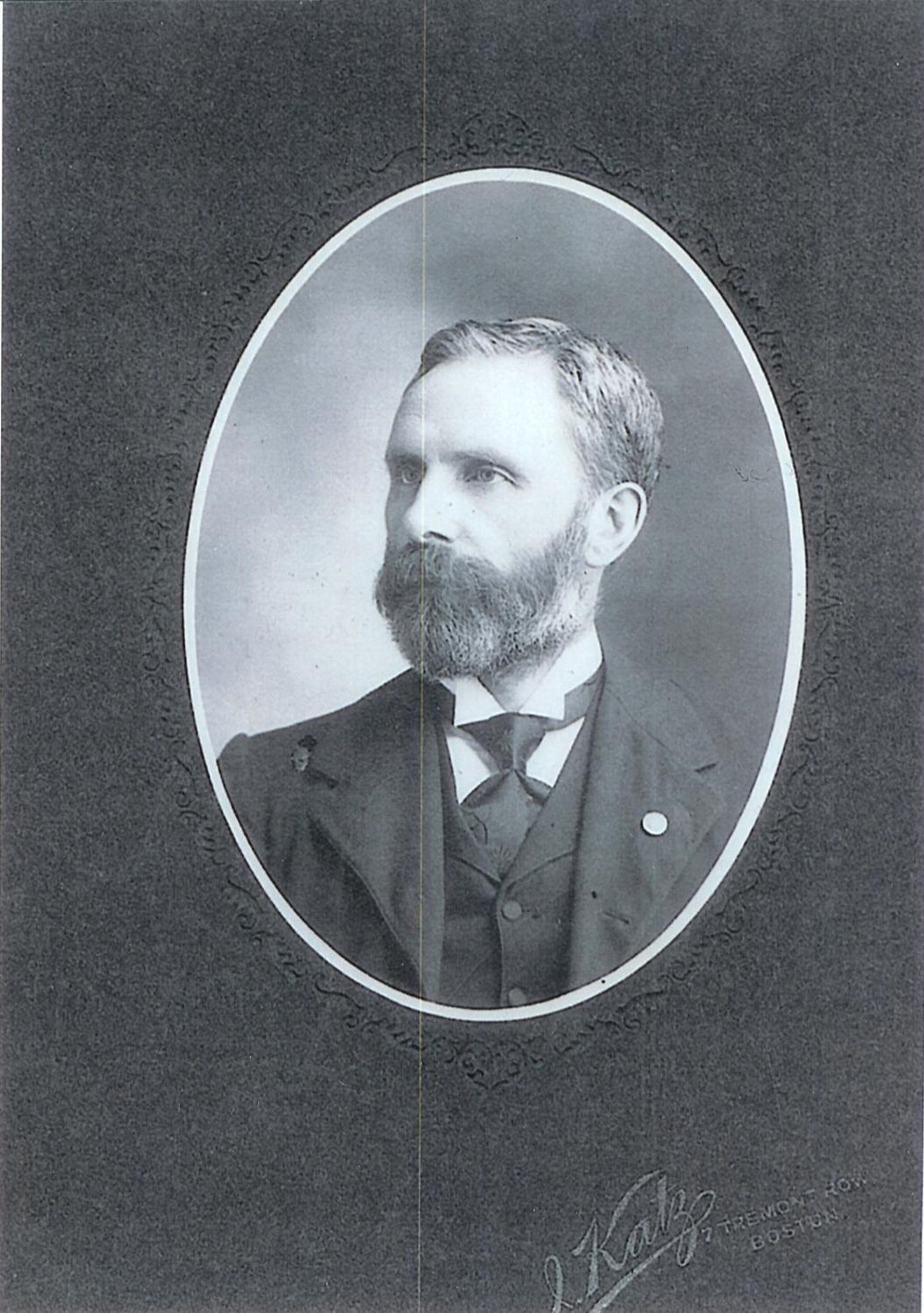< Blog Home Page
The Treasure of the Fortune
During the year 1649, news of terrible new predations by the English spread across Munster. Cromwell himself had taken command of the New Model Army, and his “Ironsides” (as the men of that army were known) had proven invincible in combat against the poorly organized Irish. Yet in the far west – in Kerry – life seemed almost peaceful. However violent the reduction of Leinster may have been, Kerry remained at a distance and in relative peace. The Earl of Ormond presided as the King’s representative in Ireland at his seat in Kilkenny, with Murrogh O’Brien, Lord Inchquin in command of the Munster Army, and... Read More
Dominick
Why was Dominick Ferriter so important in the history of the Ferriter Family? In simplest terms, he was the first “modern” Ferriter. The evidentiary artifacts that are coming to light regarding the events of Dominick’s life bring to mind several ideas: one, that Dominick strived to conform in all matters save faith – which was not a problem during his lifetime in that Charles II and James II were at least “closet” Catholics themselves. Two, he strived to maintain his “Gentleman” status, probably to the detriment of the “cadet” line of his supposed half brother Maurice. These attitudes passed along to succeeding generations, led his... Read More
Ferriters of Long Ago
We all have pretty clear ideas or notions as to what our ancestors were up to during the past 150 years or so. This is true for those who stayed in Ireland as well as the immigrant families. Family stories, oral traditions, old papers and photographs all serve to support this knowledge and history, within our respective lines. But what about those who lived long ago? What was life like for the Ferriter family during the long years spent at home on the Dingle Peninsula in County Kerry? This is a picture much less clearly painted for most of us. There are periods wherein documentary... Read More
John’s Story: One of the Frozen Chosin
The background doesn’t matter so much anymore. Let it be known that soldiers and Marines found themselves battling a nearly defeated enemy in Korea, as winter, 1950 descended upon them. As the frigid cold descended from Siberia, enormous armies of Chinese also poured into the Korean mountains, intent upon destroying all of the American Forces, be they Army or Marine Corps. On the Western side of the peninsula, the U.S 8th Army was smashed, and sent reeling southward in defeat. On the eastern side of the country, a combined force of USMC and U.S. Army infantry had closed in around a large reservoir, high in... Read More
Is é Seo Mo Scéal Agus Táim Ag Fanúint Leis
For the Feirtears, no doubt those years of famine, and the longer decades of poverty and degradation came enshrouded in grief and loss. Beyond that there was the family. For twenty generations perched at the tip of the peninsula, itself on the edge of the island, on a windswept and sometimes harsh landscape, a landscape possessed of a raw grandeur and sweeping beauty. Home. Home. From Mount Brandon, westward down to the sea, along the rocky shore, with the small coves and harbors, and for some centuries the abandoned fortress, once the family’s seat and symbol of power. All lost, yet lingering in memory... Read More
Know Your Ancestors
Padraig Ferriter
Padraig Feiritear was born 8 March 1856 to Maurice Ferriter and his wife, Nell Mhichil Mhainnnin at An Baile Uachtarach near Bally Ferriter. He was the fourth of nine children. His father, Maurice was a successful carter and farmer, a tenant of the Ventry family. Educated by the Nation School System of the era, he also studied Latin and Irish. Mostly self-educated in Irish, he displayed an Academic knowledge of the Language. He devised his own system of writing Irish. As a young man, Padraig began replicating (copying by hand) Irish manuscripts made available to him by local families. He also interviewed local families and... Read More

